Growing up, my father taught me about the evocative power that visual images have in affecting different ways of seeing and thinking about the historical and contemporary circumstances of the world. When he said it, I didn’t think that it pertained to me. I was young and had no plans of being an artist, but things change, we change, and so I decided to become a filmmaker.
In 2003, I stood up in front of my graduate school cohort and revealed something that felt like a burden I was getting off my chest, “If I cannot save my people through my bloodline, then I must save them through my work.” At the time, I was a Master of Fine Arts student at Temple University in Film and Media Arts. I was working toward a graduate degree in filmmaking that combined my interests in documentary filmmaking and teaching so that when I completed my studies I could make films and teach at the university level.
Flash-forward to April 24, 2014, while sitting in my living room with my husband Garo one evening when I said, “You know, the 100th anniversary of the Armenian Genocide is next year. I hope that someone is making a film to mark the occasion.” The next day, I set out to determine what was being created. At the time, the films being produced were based on the history of the Genocide. So, I contacted my filmmaking partners Joseph Myers and Tom Keiter at Storyshop Films, and we decided to produce something different.
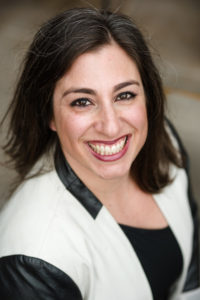
The three of us, having worked for a public television (PBS) station, had previously produced feature documentaries for national distribution. Since I was the Armenian in our group, I assumed the lead on research for our project.
When I discussed our concept for the film with writer/scholar Anny Bakalian, she encouraged me to be forward-looking. I spoke with my partners, and we discussed the basic concept—follow five families as they work to keep Armenian culture alive in their homes 100 years after genocide. Show America who Armenians are today—we are thriving and cultivating our culture.
We created a Kickstarter fundraising campaign for the documentary project and raised enough seed money to start the project. At the time, the film was titled A New Armenia.
During the research phase, hundreds of phone calls were made to cities and towns around the United States. We wanted to find stories based in the US since the film was going to be distributed to PBS stations around the country. After speaking with cultural associations, clergy, community leaders, and having read news articles, viewed videos and met with numerous friends’ cousins in other cities, several possibilities emerged for the kinds of stories we wanted to tell.
After exploring those possibilities with my partners, we started filming stories that we considered were most accessible to non-Armenian audiences while also appealing to Armenian audiences. We wanted non-Armenians to know more about Armenians in America today—where our ancestors came from, what we have accomplished as American citizens and our similarities with other ethnic peoples in American struggling to keep our cultural heritage alive in the melting pot.
As I researched stories, my partners and I fundraised—writing grants to foundations, calling anyone who might connect me with potential funders, attending events and meeting people from all over the world to gather support for our film. Cultivating funders was a daunting task because our efforts coincided with the many funding requests for billboards, news advertisements and the commemoration events surrounding the centennial anniversary of the Armenian Genocide.
Given our financial limitations, my partners and I agreed to proceed with the film by reducing the budget and underpaying ourselves and our crew along the way. In other words, the film would become a passion project for one Armenian, two Jews, a Lutheran and a lapsed Catholic. Due to the generosity of many people in the Armenian community, we were able to raise enough money to complete the film. Without that trust, this project would not have been possible.
While money slowly trickled in, Joseph Myers and I traveled throughout the US and Armenia to film our stories. We filmed with Armenian Americans of various ages who embraced their culture in different ways during the 100th anniversary of the Genocide.
Here are some brief characterizations of our stories:
Jon Simonian, Former investment banker
Jon emphatically states what he believes the problem is – and makes sure we all get it – there is a ‘dropout rate’ of Armenians leaving their culture behind that must be arrested.
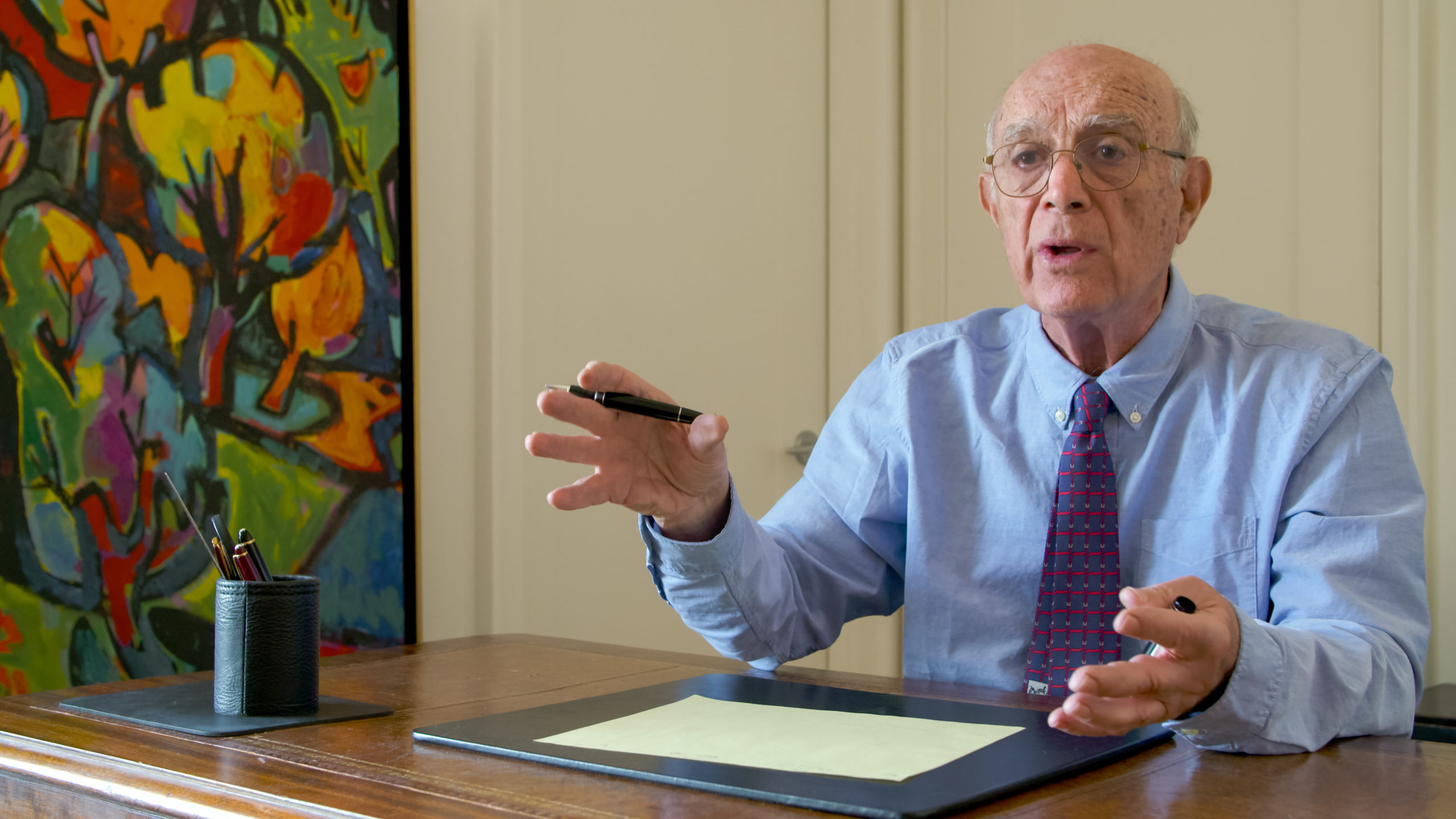
Sebu Simonian, Capital Cities singer, songwriter
A pop star discovers more about his past.
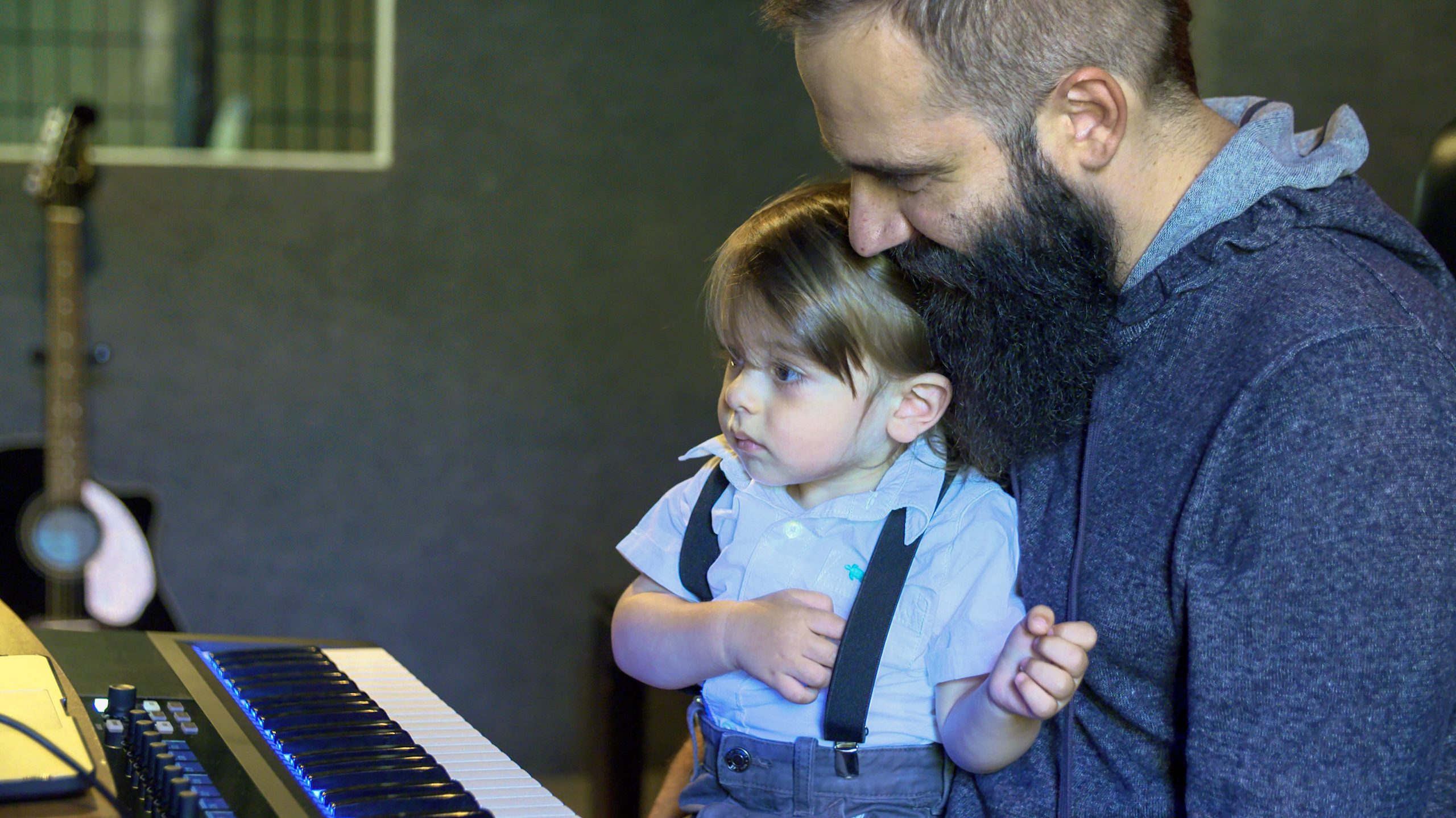
Michael Aram Wolohojian, Designer, artist
A famous housewares designer creates a public sculpture for the 100th anniversary of the Genocide.
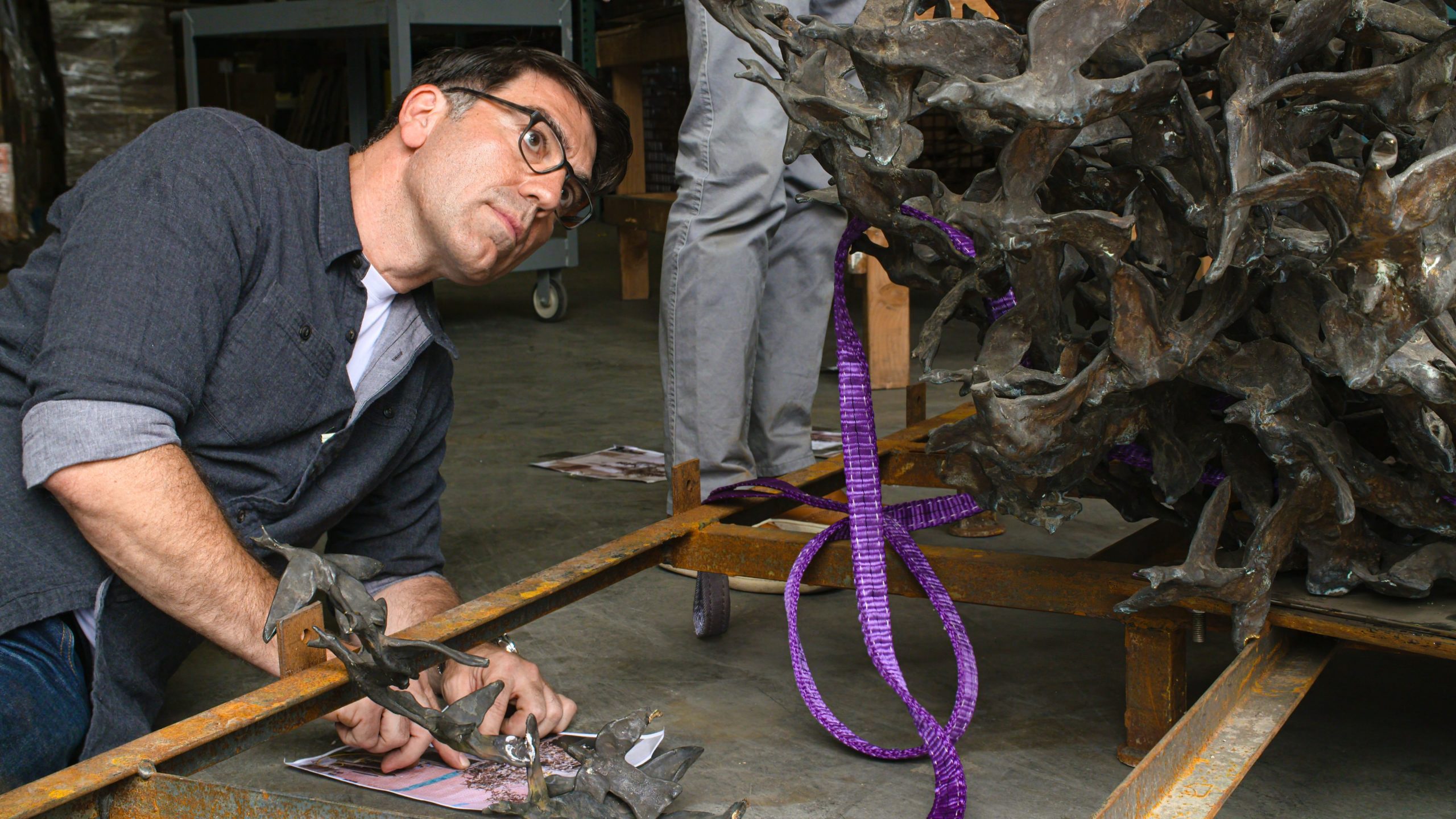
John and Annie Sweers, Volunteers in Armenia
He is one-fourth Armenian. Having lost his grandmother and only connection to his culture when he was seven years old, he grew up with a nagging feeling that something was missing. He and his non-Armenian wife travel to Armenia.
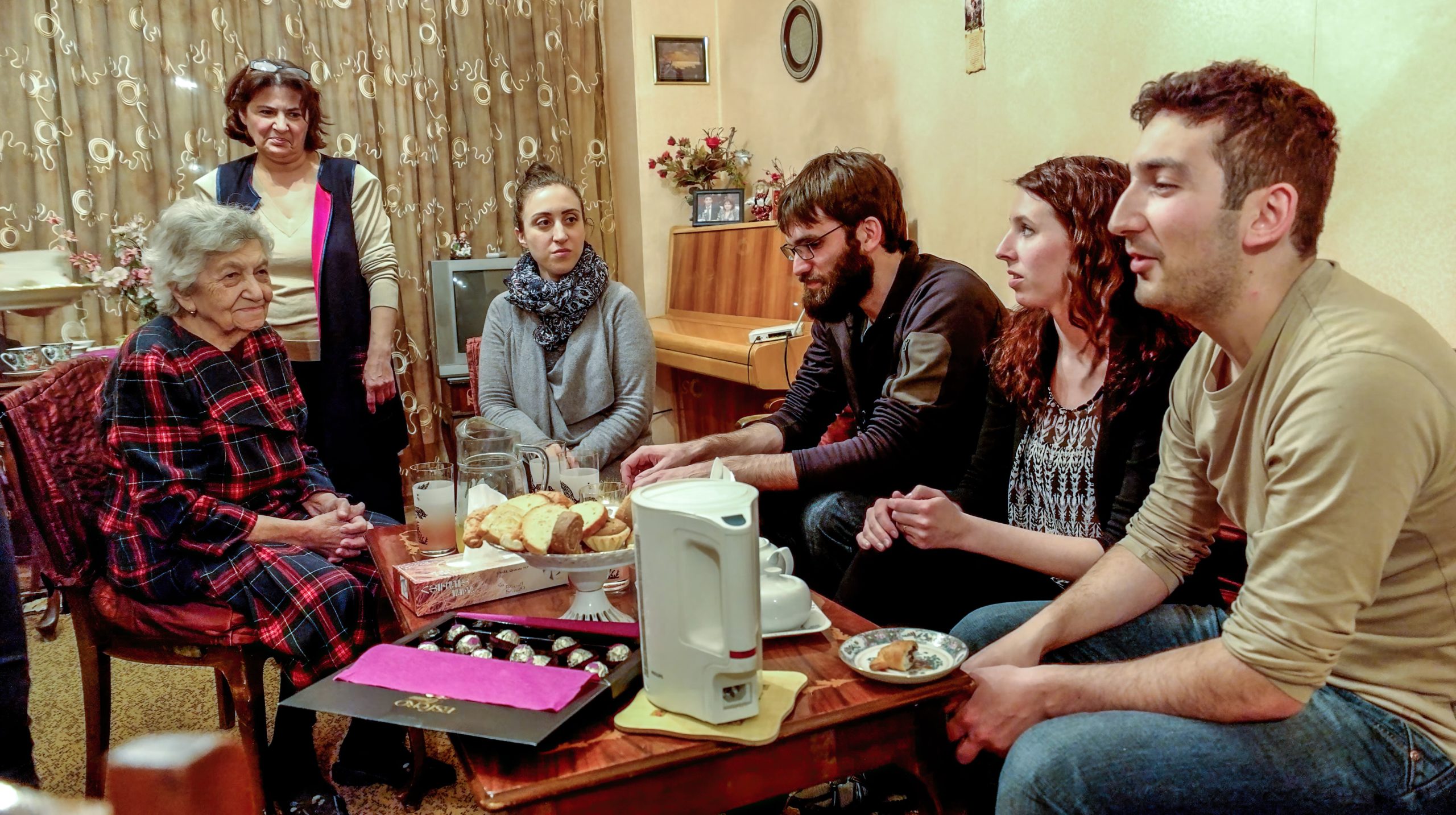
Aram Hamparian, Executive Director, Armenian National Committee of America
A political activist and lobbyist works tirelessly for the cause of Genocide recognition, only to face constant setbacks.
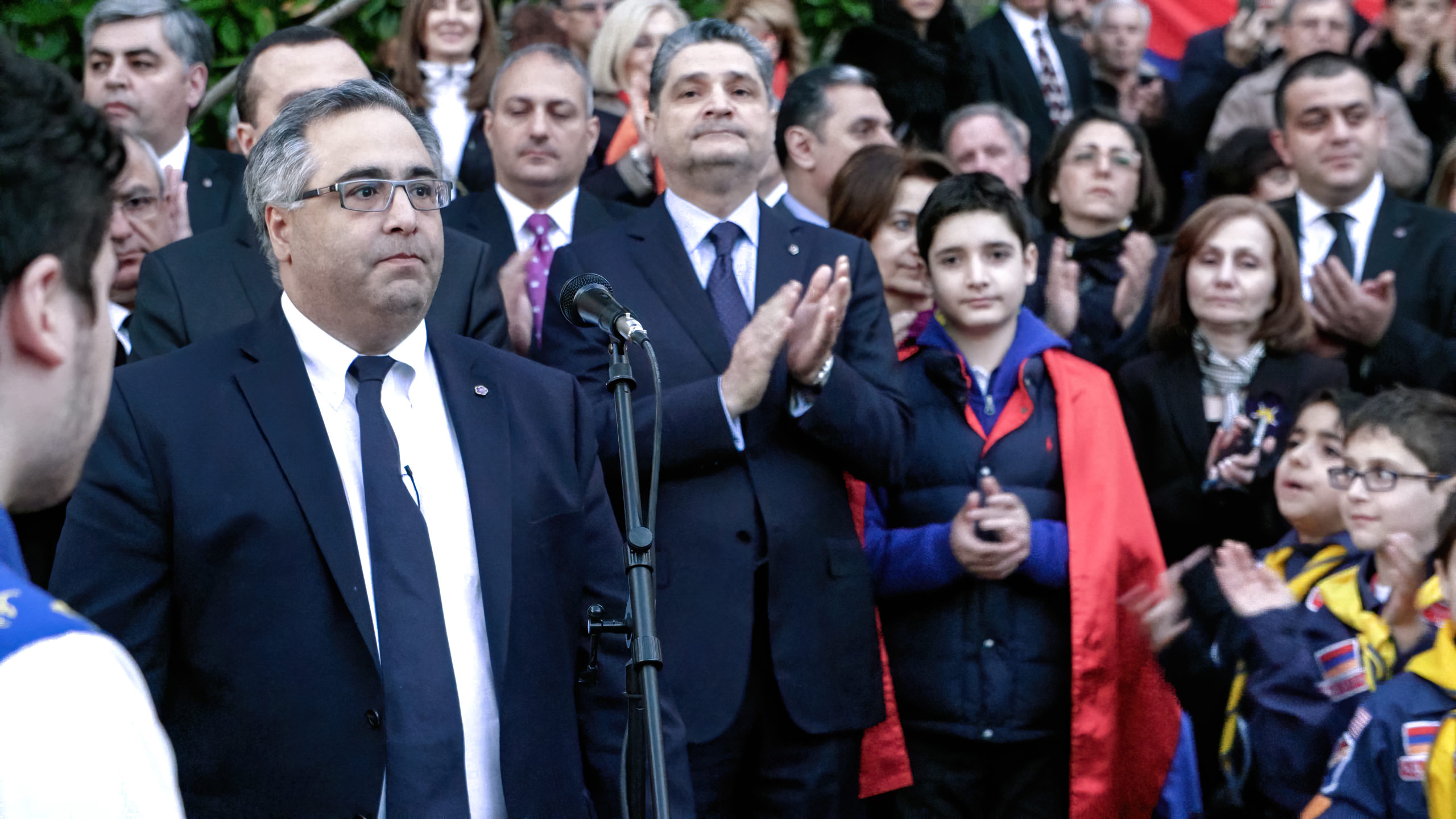
Lory Tatoulian, Comedian and social satirist
A former member of the famed comedy troupe ‘The Groundlings,’ Lory writes and performs in her own comedy show – an irreverent look at Armenian-American culture – “The Big Bad Armo Show.”

Karine Shamlian, Granddaughter of Genocide survivor, Asdghig Alemian
Karine’s life is shaped by the experiences of her 108 year-old grandmother – a Genocide survivor.
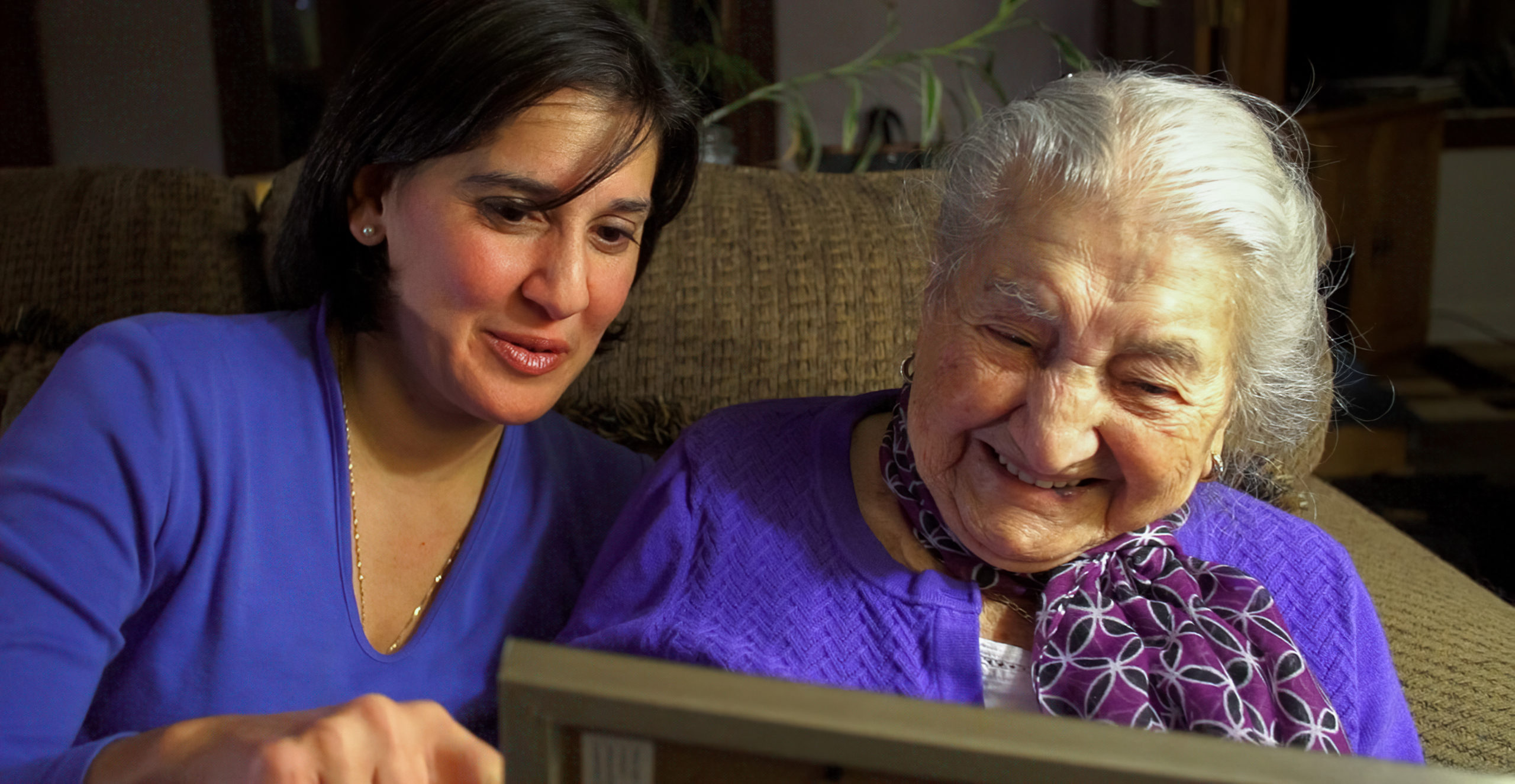
Richard Hagopian and Andrew Hagopian, Oud master and his grandson
Richard, an 81 year-old world-famous musician and National Endowment for the Arts fellow, is one of the last great oud players. Andrew, his 15 year-old grandson, wants to take up his ‘old’ music.
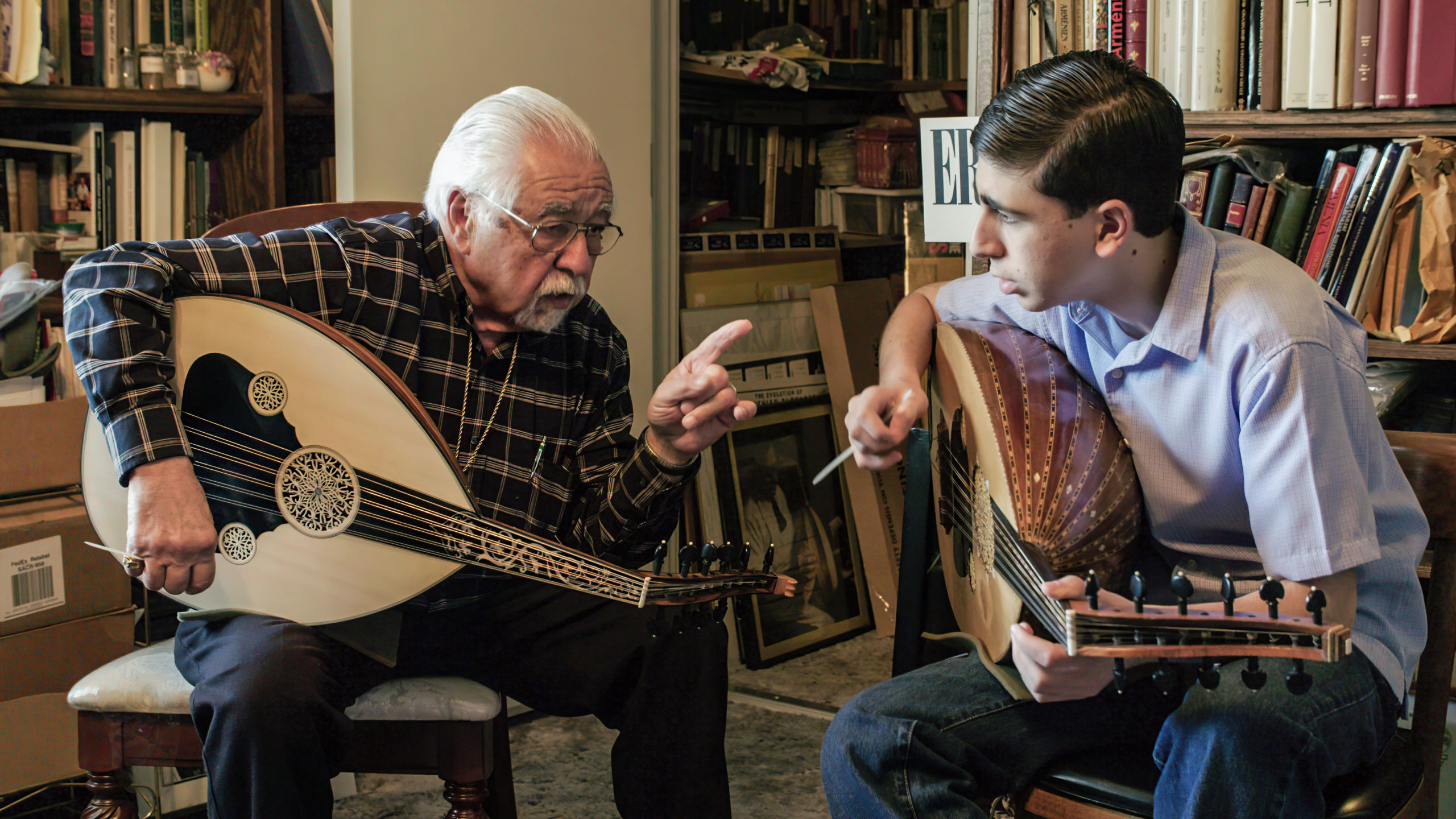
We filmed enough for a 10-part series, but we only had funding to make a feature film. Sadly, we weren’t able to include beautiful, meaningful stories with Fr. Armenag Bedrossian from Our Lady Queen of Martyrs Church in Los Angeles, California, the Kassabian family and Glendale Public Schools’ Dual Immersion Program in Armenian and English in Glendale, CA. Fr. Armenag works tirelessly to rebuild his church, his community. But, most importantly, he does not rest while helping refugees from Syria find their place in America. And the Kassabian family story illustrates the unique, transformational program in Glendale Public Schools where children learn all subjects in Armenian and English. They are educating the next generation of Armenian scholars.
We also greatly reduced our stories with Karine Shamlian and Jon Simonian. Karine’s story also focused on teaching Armenian dance to youth in her community at the Armenian Sisters Academy in Radnor, PA. And Jon Simonian’s story also focused on his role at Holy Cross Church in Washington Heights, New York City, where he is working to save his church and rebuild it with new membership.
To contextualize the Armenians’ place in the world, we have perspectives of historians, scholars and artists, including Levon Avdoyan, Eric Bogosian, Khatchig Mouradian, Donna Freeze, Bishop Daniel Findikyan and Shushan Karapetian.
My co-director, Joseph, and I met people all over the world who shared their stories and shared their lives with us. Along the way, there was frequent dialogue about my identity as an Armenian American, about my place in the culture 100 years after genocide. I spoke about wanting my children to thrive in their Armenian-ness in America. But I also carried with me the judgments from other Armenians that I had felt since my youth. I didn’t speak the language. I didn’t go to Armenian church. Being Armenian in America wasn’t just about having Armenian blood. And this was not just a feeling amongst Armenians in America; friends from other ethnicities also felt this judgment amongst their peoples.
What film could address these concerns? What could leave an impression on a broad audience—not just Armenians, but all Americans? What could resonate with all immigrants—first, second, third and fourth generation who feel the same way?
When we filmed our interview with scholar Shushan Karapetian, she talked about the concept of performing Armenian-ness. She said, “When you are born in the Diaspora, from the moment you are born you have to perform your Armenian-ness. You have to prove your Armenian-ness. But when you’re in Armenia, you just are Armenian. You don’t have to prove it. You don’t have to perform. No one’s contesting it.”
Shushan was born in Armenia. She now lives in Los Angeles and teaches at University of Southern California. To engage in this conversation with her was very meaningful to me, a Diasporan born in America.
This dialogue resonated with Joseph and me. It clarified the kind of stories we wanted to tell.
What can we do to forge a new path for the next 100 years? That was a key question in the making of the film.
Ultimately, when we completed filming, Joseph and I worked with writer Mary McDermott and writer/editor Greg Feinberg to create a way to bring these stories to life. We spent months reviewing footage, more months writing scripts, and more months editing a thoughtful 90-minute version of the film with each of the characters included. But PBS stations like to air 60-minute films, so we had to cut two characters entirely, and dramatically cut down the other stories. The four of us worked diligently to keep the purpose of the film intact while cutting out a third of its story. This is the film that is releasing on public television (PBS) stations this spring. And it will continue to be broadcast on stations across the country for a few years.
We changed the title of the film from A New Armenia to What Will Become of Us. Not only does it have a broader appeal to a non-Armenian audience, but that is really what is on all of our minds. What does the next 100 years hold for Armenians in America? Will we assimilate into the melting pot or shine brightly? Can we do both?
Please join me in making an impact. I invite you to watch the film and to share it with your community. Share it with Armenians and non-Armenians alike.
Visit https://whatwillbecomeofus.com/ to find broadcasts and screenings in your area.
If you would like to coordinate a broadcast or screening in your area, please contact me through the website.



Abris Stephanie! Can’t wait to see it.
This is amazing Stephanie! Finally, some careful effort has been taken to include such a diversity of representation beyond the “usual suspects” !! Merci!
We need to create the Armenian “ STORYCORE”.
As Armenians, we do have a lot to contribute to our families, communities, our countries, in culture, education, Identity, and courage with our meangfull inter generational stories… we should not allow our life stories to melt into the black hole. We have contributions to still make and be remembered for… Let’s make it relevant to the next generation so that they can see the benefits of who they are.
Congratulations Stephanie! I can’t wait to watch it with my children 21 and 18 who were both born in America, one who loves the Armenian culture and easily navigates back and forth between his Armenian and American cultures and one who is fully American and struggles with her Armenian-ness. Thanks for making this important film!
I can’t wait to watch it
I’ve been watching for this on PBS, and I know it’s showing in the Boston area. Any idea when it might broadcast in upstate NY, specifically the Albany area?
Can we see a list of donors for movie? We couldn’t read quick enough on TV
Hi Julie, Thank you for reading and for watching the documentary. You can find the information you’ve requested on the film’s website: https://whatwillbecomeofus.com/
Congratulations Stephanie! Can’t wait to see the movie. Unfortunately I live in the Harrisburg/Carlisle area, and they don’t even know what an Armenian is, so theres no chance of my seeing it around here. I didn’t know the movie was being made or I would have donated. How did everyone find out about it to donate. Oh well.
Thank you for your hard work and dedication making this film.
It has not been shown in El Paso at the present time, however I did write to our local station ( KCOS-TV ) and asked them to kindly schedule it for broadcast.
Could you add some of the pieces that were cut from the PBS broadcast and put it out as a DVD? I will buy the first copy.